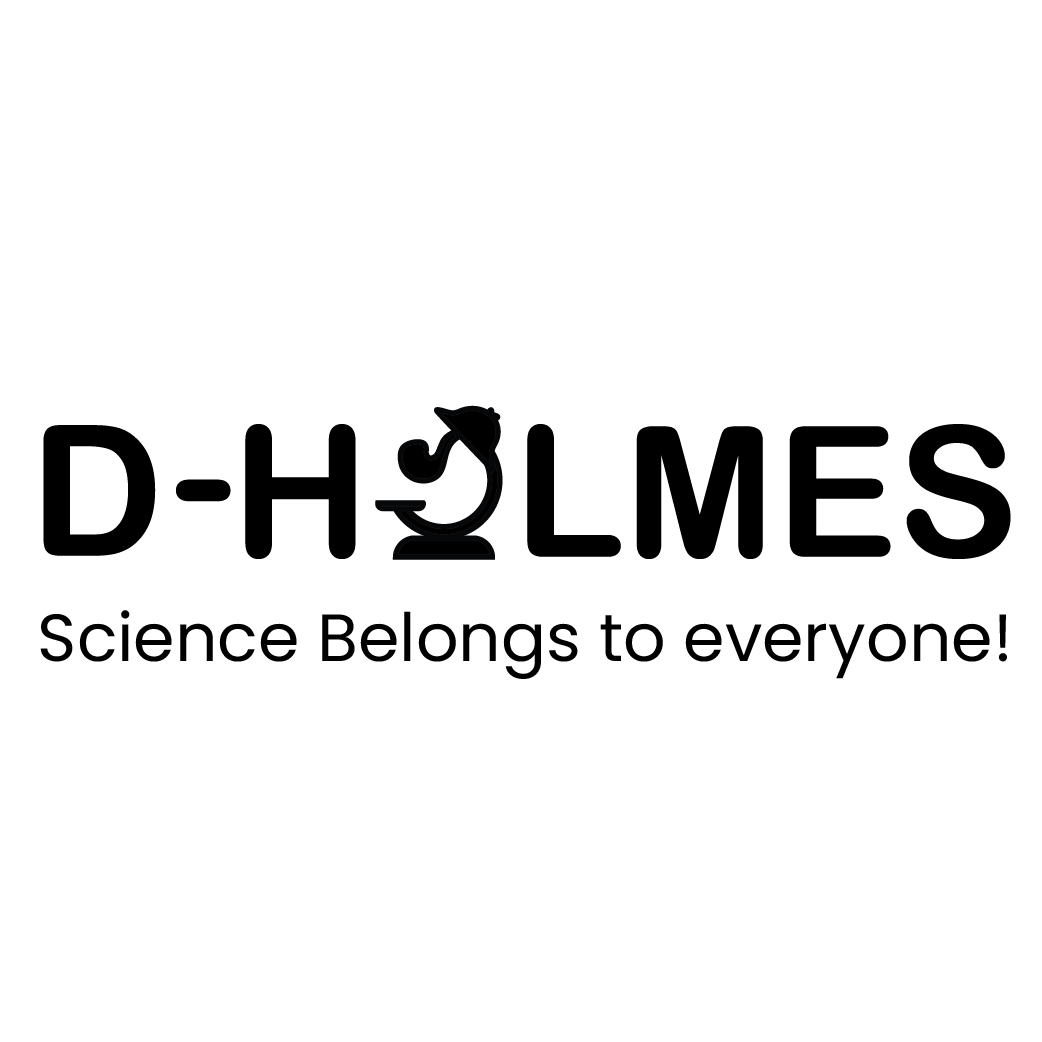Inspiring the Next Generation of Scientists
From D-HOLMES TEAM
Let me tell you a story.
Ten-year-old Amina loved science but had never seen a real microscope until a mobile STEM van visited her school. When she zoomed in on a leaf’s surface and saw its cells up close, she gasped: “It’s like another universe.” That single moment lit a fire in her and helped her see herself as a scientist.
Now imagine being curious about science but never having touched a microscope. That’s the reality for millions of children around the world. In fact, according to a 2023 Gallup poll, only 29% of Gen Z students say they would choose a STEM career as their top choice, even though over 70% express interest in science and technology. The gap isn’t a lack of curiosity; it’s a lack of access.
The future of our world relies on innovation, and innovation starts with education. In today’s rapidly evolving technological landscape, the demand for professionals in Science, Technology, Engineering, and Mathematics (STEM) fields has never been greater. Yet, the number of young talent pursuing STEM careers is alarmingly insufficient. We face a critical moment; one that demands bold action to ignite curiosity, bridge opportunity gaps, and inspire the next generation of thinkers, problem-solvers, and creators.
Giving children access to scientific tools not only opens their minds to new perspectives but also benefits society in the long run. When young people engage with real-world science, they gain knowledge and skills that spread to others and help improve the world around them. It’s time to take action and recognize how important these opportunities are. By supporting children’s scientific exploration today, we help build a smarter, stronger, and more hopeful society for tomorrow.
One of the most effective ways to influence a student’s career trajectory is to ignite their passion early. But how can we do that when most schools don’t have access to the necessary tools?
The lack of access to the tools and experiences that make science tangible, exciting, and real in many schools, especially in underserved communities, has been a struggle for a long time. That’s why we believe action must be taken now.
Research overwhelmingly supports the idea that early and sustained exposure to STEM dramatically improves a child’s academic and career outcomes, especially when paired with hands-on tools and real-world context.
“Among preschool-aged children, knowledge of math is a better predictor of later academic achievement than early reading or attention skills.”
— National Association for the Education of Young Children (NAEYC, 2017)
Studies have shown that early math ability in preschool predicts math achievement at age 15, and that regular science instruction in kindergarten leads to higher science achievement in later grades. These foundational experiences build critical thinking, experimentation, and persistence—skills essential for lifelong learning and innovation.
Yet despite these benefits, millions of children lack access to even the most basic scientific tools:
- A recent study found that 0% of Latino/a children and only 17.9% of African American children reported having a microscope or science kit at home.
– National Library of Medicine (PMC9660144)
- In Latin American schools, 88% lack science labs and 65% lack computer rooms, making high-quality STEM education extremely difficult.
– UNESCO/World Bank via Wikipedia
- A survey in England and Wales found that 51% of parents from disadvantaged backgrounds believed STEM careers were unlikely for their children, and only 42% of those children would consider one.
– The Guardian, 2024
- Meanwhile, high-poverty schools in the U.S. raise on average 50% less than wealthier schools ($6,000 vs. $12,000), limiting access to materials, teacher training, and enrichment.
– Immpress Magazine, 2023
As education researchers Jonathan Osborne and Justin Dillon warn:
“A single encounter with a science‑based activity is unlikely to have a significant impact. What is required is a continuum of educational experiences of science from an early age.”
This is why initiatives like D-HOLMES matter. By placing powerful, portable microscopes into classrooms, particularly in under-resourced areas, we can give students the tools and the spark to see themselves as scientists, innovators, and problem-solvers. And when paired with creative inquiry and mentorship, this access becomes transformative.
Our initiative to donate holographic microscopes to classrooms is a small but powerful step in that direction. These cutting-edge devices transform how students interact with the microscopic world, offering a vivid, interactive experience that textbooks alone cannot provide. With real-time 3D imaging and digital connectivity, holographic microscopes make biology, physics, and chemistry engaging and accessible. When students can see cells divide, zoom in on microorganisms, and share their discoveries with peers instantly, science becomes more than a subject; it becomes an adventure.
But this is not just about equipment. It’s about equity, excitement, and exposure. By putting advanced tools into the hands of young learners, we show them that they belong in the labs, tech companies, research centers, and startups of tomorrow. We offer them a glimpse into careers they may never have considered, or even known existed.
It’s time to open the door to a new world, one they can explore, learn from, and be inspired by.
We call on everyone who believes in creating new opportunities for children to join us. Whether through donations, mentorship, or advocacy, we all have a role to play in making STEM more inclusive and inspiring.
Let’s not wait for the future to arrive. Let’s build it; one student, one classroom, one microscope at a time.
Sophia Copinet
